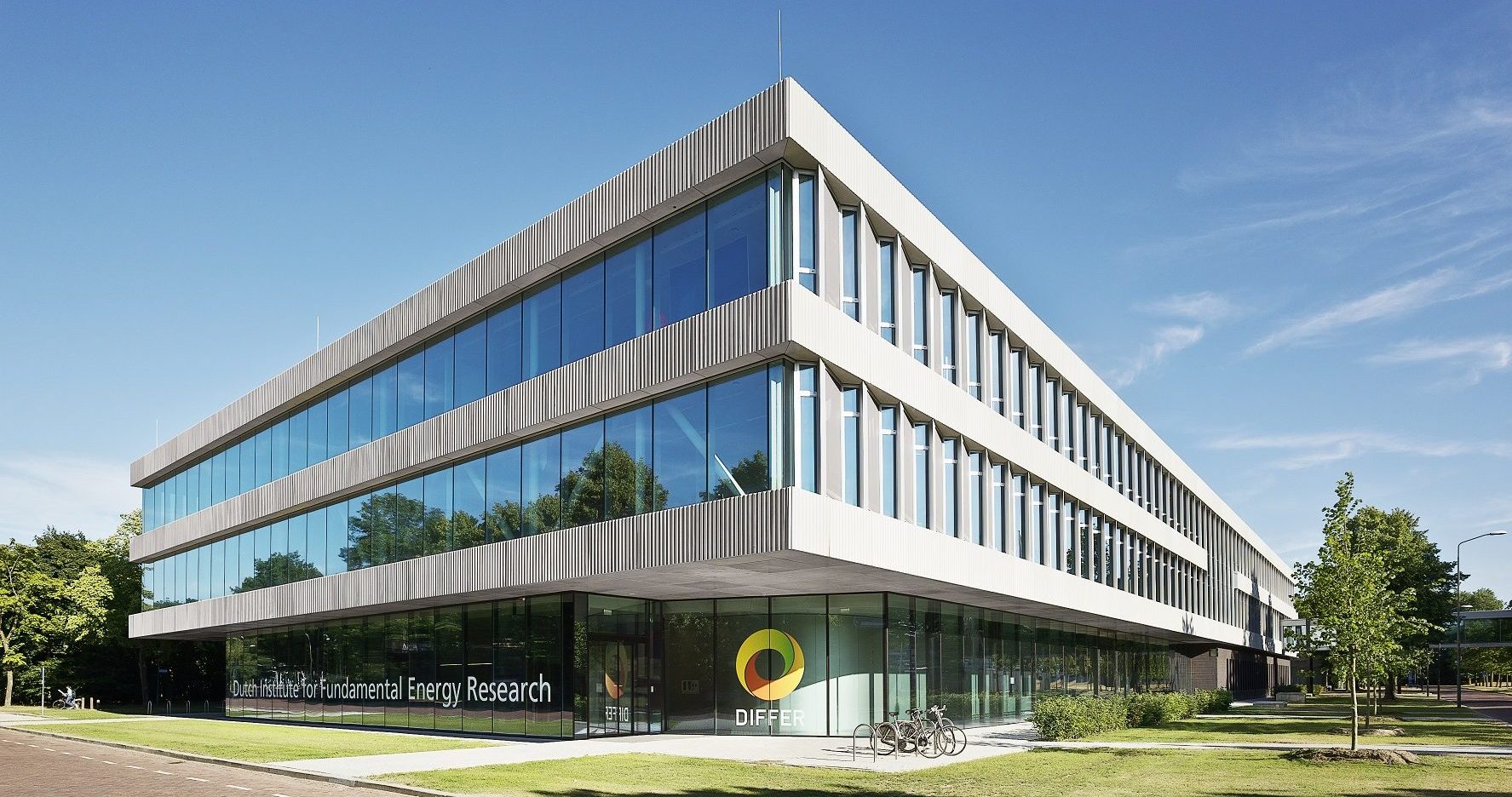
It has been 4 months since the beginning of the confinement. Barcelona was stricken by the CoVid-19 as was the rest of the world. Fortunately, things are getting better and Barcelona ended the confinement the 21st of June together with the rest of Spain. It has been a difficult time for many who have seen their lifestyle seriously affected and their jobs frozen or even worse, cancelled. We still do not know what the economical magnitude of this situation will be or how the world is planning to recover from this.
However, the Fusion Group feels deeply privileged as our work has not been cancelled nor stopped at any point. We have been and are working remotely (from home), following the recommendations of the government. The main European fusion projects under EUROfusion we are working with, JET and AUG, have recently resumed their experimental activities and the modelling efforts have been increased during the confinement. Furthermore, in order to cover all the projects where the Fusion Group is involved, two new researchers have been recruited: Dr. Francisco Fernández and Dr. Julio Gutiérrez. They will work within the Ris3Cat FusionCAT project.





